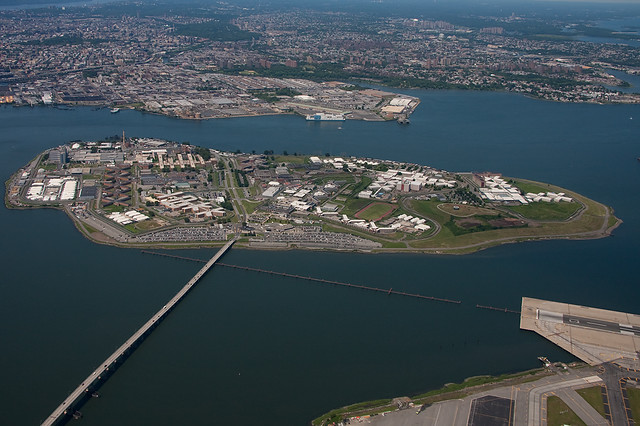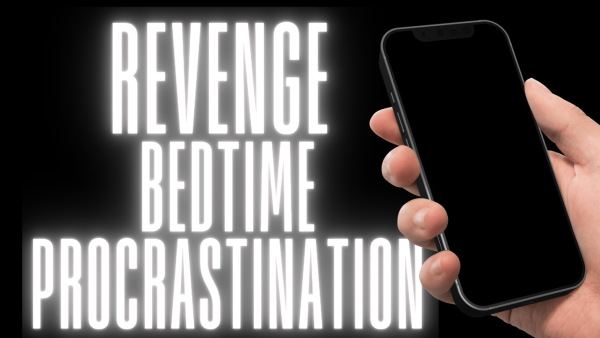Problematic Rikers Must Close
New York City is in the midst of efforts to close its most notorious jail, Rikers Island. The sprawling 400-acre facility, located in the East River between the Bronx and Queens, is notorious for corruption, violence and inhumane conditions. It also serves as the city’s most visible emblem of mass incarceration and a dysfunctional criminal justice system. The plan to close it down is a prudent as well as a symbolically powerful move that should be applauded.
After opening in the 1930s, Rikers intended to serve as a model prison for the country, an exemplar of humane incarceration. However, over the last 80 years, the opposite has happened. Few jails in the United States are more notorious for their violence and corruption. According to NPR, inmate-on-inmate violence, arbitrary use of solitary confinement, beatings and abuse by guards are everyday occurrences
The jail’s hellish conditions were made most visible to the public recently through the case of Kalief Browder, who was arrested for allegedly stealing a backpack. He spent three years in Rikers awaiting trial because his family could not afford to post bail. After being beaten, held in solitary confinement and otherwise abused, Bowder was eventually acquitted and released, but later committed suicide. His death brought a flurry of media attention to the facility, and calls for it to close grew louder.
A 2014 Department of Justice investigation into the facility, spurred by Browder’s death, found that “a deep-seated culture of violence is pervasive throughout” the system and that conditions in the jail violated both the eighth and fourteenth amendments. These amendements are the prohibition of cruel and unusual punishment and the right to due process, respectively.
Conditions on Rikers Island are so unconscionable as to be unconstitutional. A strong case could be made to close it on those grounds alone.
The city’s plan to close Rikers, however, is more than a plan to shut down a facility rampant with abuse. It is a plan for a top-to-bottom reform of the city’s jail system. It plans to replace Rikers with four smaller jails, one in each borough. Staten Island’s relatively small prison population will be housed at the Brooklyn jail.
The plan states that each new jail will be designed to rehabilitate, not traumatize, its inmates. Representatives from the city visited Norway and the Netherlands, countries with model prison systems, to figure out how to design the new facilities. They will, according to the city, be designed to allow more natural light, provide better sight lines for guards to monitor conditions and provide space for educational and recreational programming. In other words, the city is consciously trying to design jails that will be more humane — a welcome change from the dehumanizing facilities at Rikers.
The new jails will also fix other problems with Rikers. Inmates will be closer to both their communities and the courthouses where they will face trial. One of the most prominent complaints about Rikers was that its isolation – far from everything in the city, and only accessible via a bridge from Queens. For lawyers and loved ones, that often meant an all day trek to visit inmates. The city currently spends $31 million a year shuttling detainees to-and-from trials and hearings. With the new jails, none of that will be necessary. Inmates will no longer be cut off from their communities and getting them to trial will be quick and efficient.
Secondly, Rikers, built in the 1930s, is old. Its facilities are outdated and crumbling. The city council picked an opportune time to build a new facility, given that the current one is in a dire state of repair.
Furthermore, the sprawling complex on Rikers Island is not what the city needs anymore. With the advent of new bail laws in New York State, the majority of NYC’s jail population, made up of people who are awaiting trial but cannot pay their bail, will no longer need to be detained. Detainees like Kalief Browder will no longer be sentenced to rot in Rikers’ cells as they await trial, and instead will be monitored at home until their court date. The city’s jail population is expected to hastily drop.
The four smaller borough-based jails will be perfectly adequate to house the 5,000 or so daily inmates the city projects to have by 2026. It is clear that Rikers is an idea whose time has come and gone. It is old, isolated and plagued by a culture of violence and abuse — a relic of an era of mass incarceration that mercifully looks to be coming to an end. The city is right to shut it down.
Sean Franklin, FCRH ’21, is an urban studies major from Alexandria, V.A.










































































































































































































